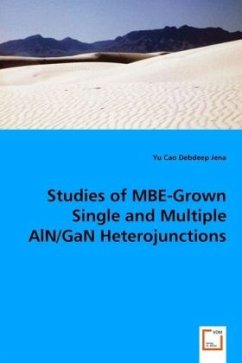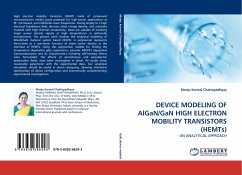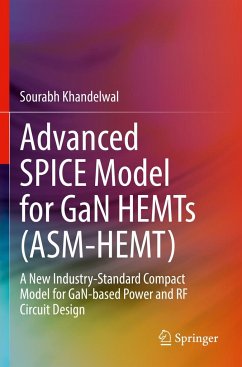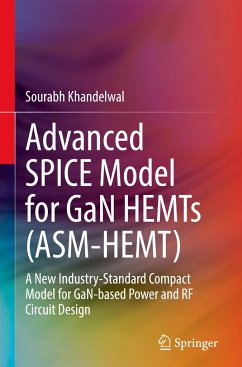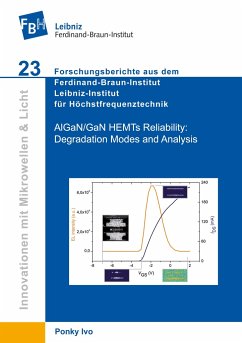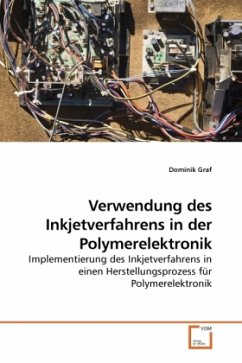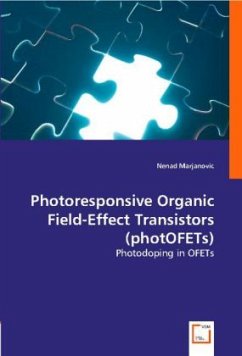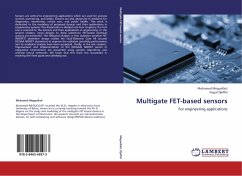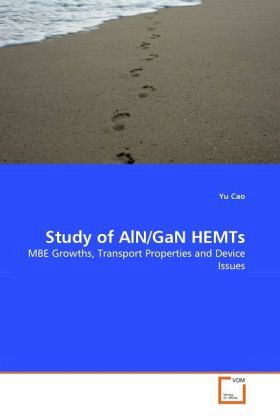
Study of AlN/GaN HEMTs
MBE Growths, Transport Properties and Device Issues
Versandkostenfrei!
Versandfertig in 6-10 Tagen
45,99 €
inkl. MwSt.

PAYBACK Punkte
23 °P sammeln!
The large polarization difference between AlN and GaN provides extremely high electron densities at the heterointerface covered by only 3-4 nm AlN barrier, which makes AlN/GaN heterojunction the ultimate nitride structure for high-frequency applications. This work includes the systematic study of the MBE growth of AlN/GaN HEMTs, theoretical study of 2DEG scattering mechanisms, and device issues of in-situ buffer leakage removal with polarization engineering and decreasing contact resistance with band diagram engineering. This book shows the approach to achieve the record high 2DEG density (5e1...
The large polarization difference between AlN and GaN provides extremely high electron densities at the heterointerface covered by only 3-4 nm AlN barrier, which makes AlN/GaN heterojunction the ultimate nitride structure for high-frequency applications. This work includes the systematic study of the MBE growth of AlN/GaN HEMTs, theoretical study of 2DEG scattering mechanisms, and device issues of in-situ buffer leakage removal with polarization engineering and decreasing contact resistance with band diagram engineering. This book shows the approach to achieve the record high 2DEG density (5e13/cm2) and the record-low sheet resistance (128 ohm/sq) in high-quality AlN/GaN HEMTs. As a theoretical study, electron scattering mechanisms are reviewed in this book. A novel scattering mechanism, remote surface roughness scattering, is proposed. Large buffer leakage and ohmic contact resistance are two factors that heavily degrade high-speed device performance. Polarization engineering was applied in the buffer leakage study, which increased the ON/OFF ratio by 4 orders. Regrown Si-doped GaN and graded InGaN/InN contacts have been demonstrated with a comprehensive X-ray diffraction study.



